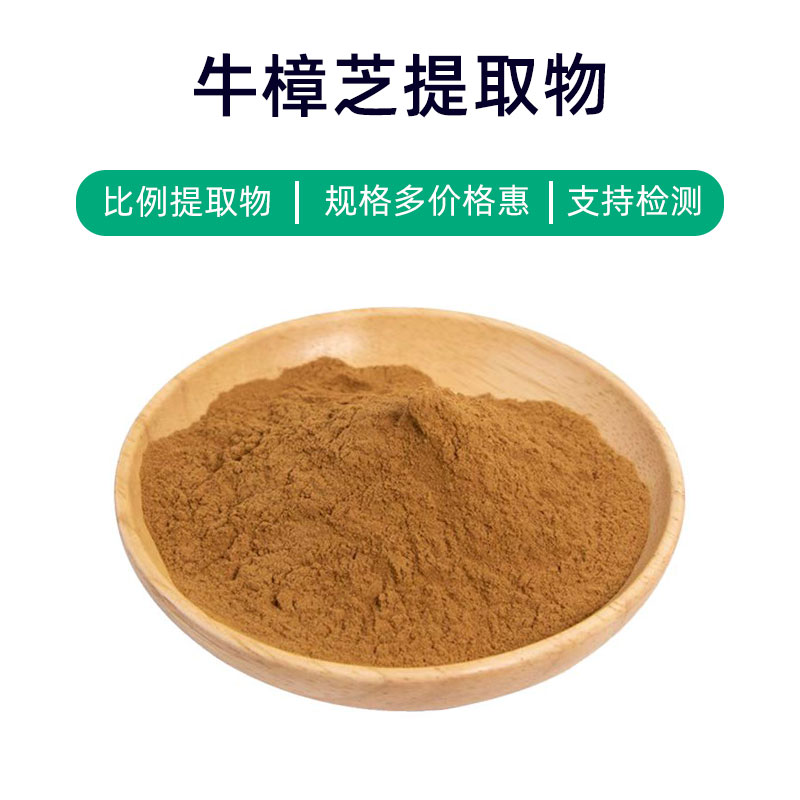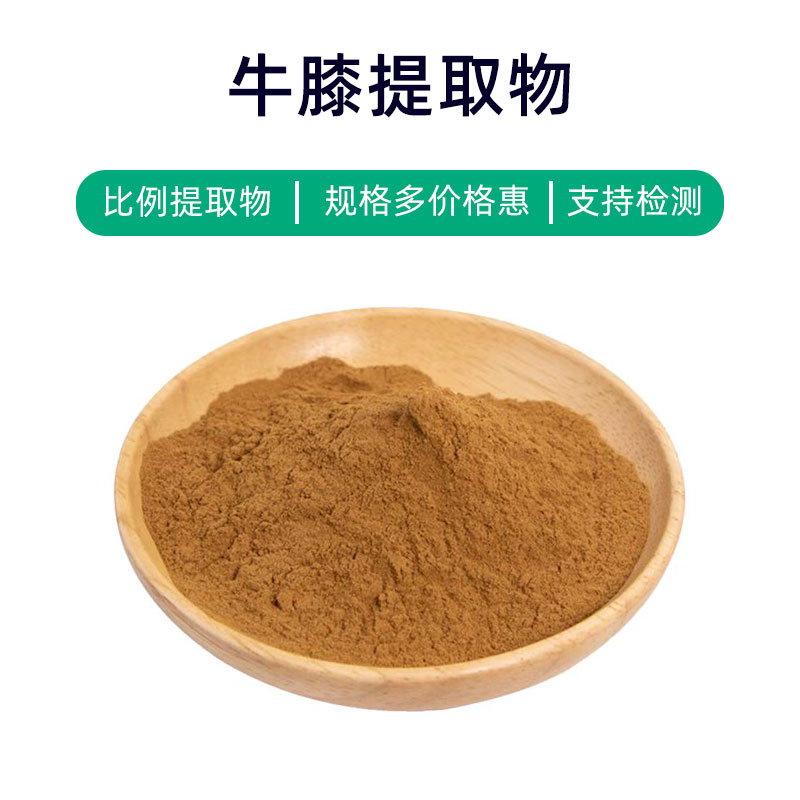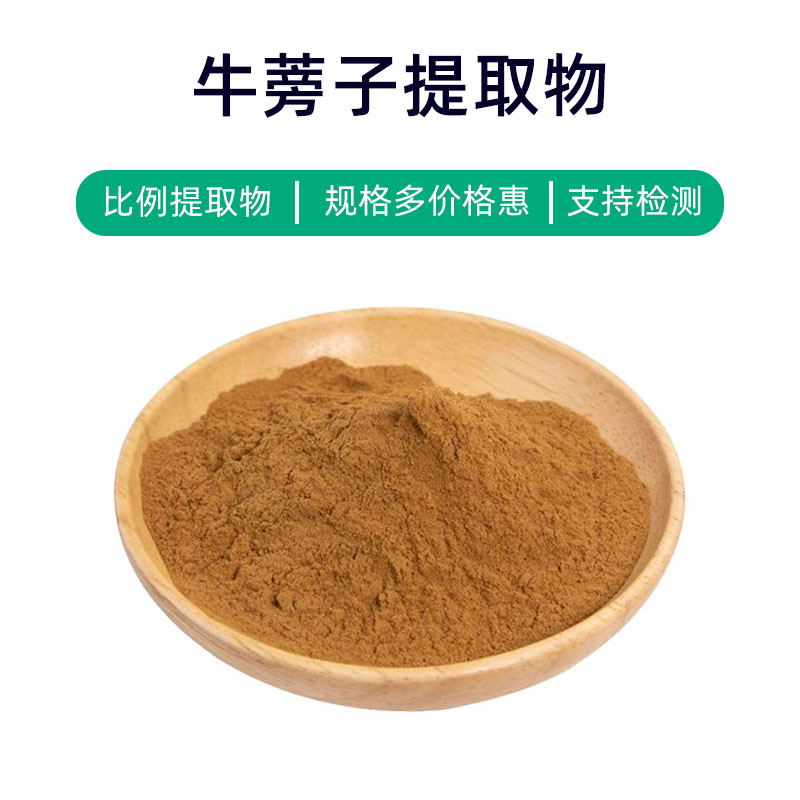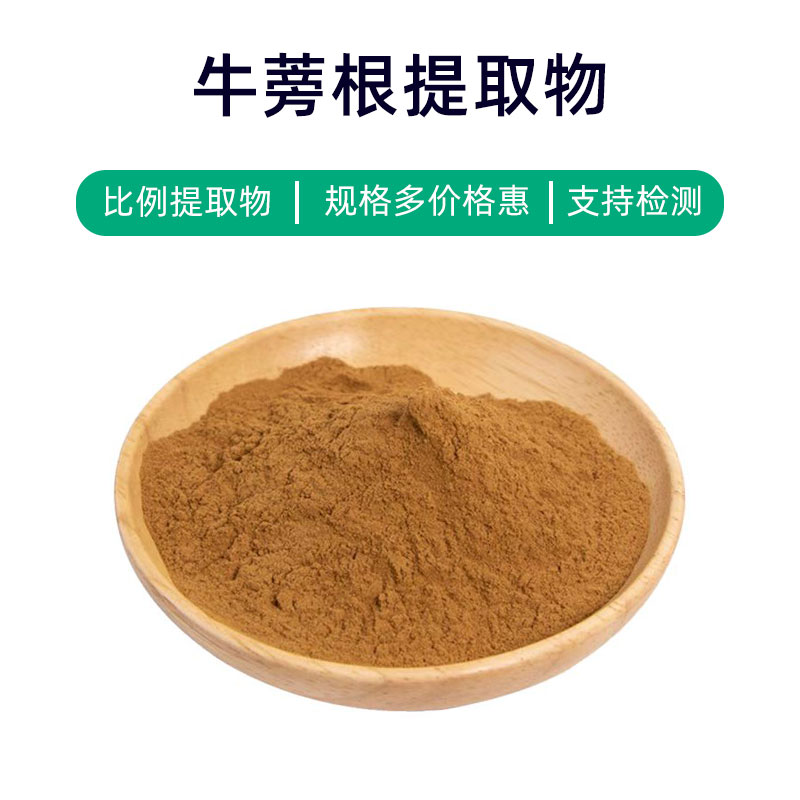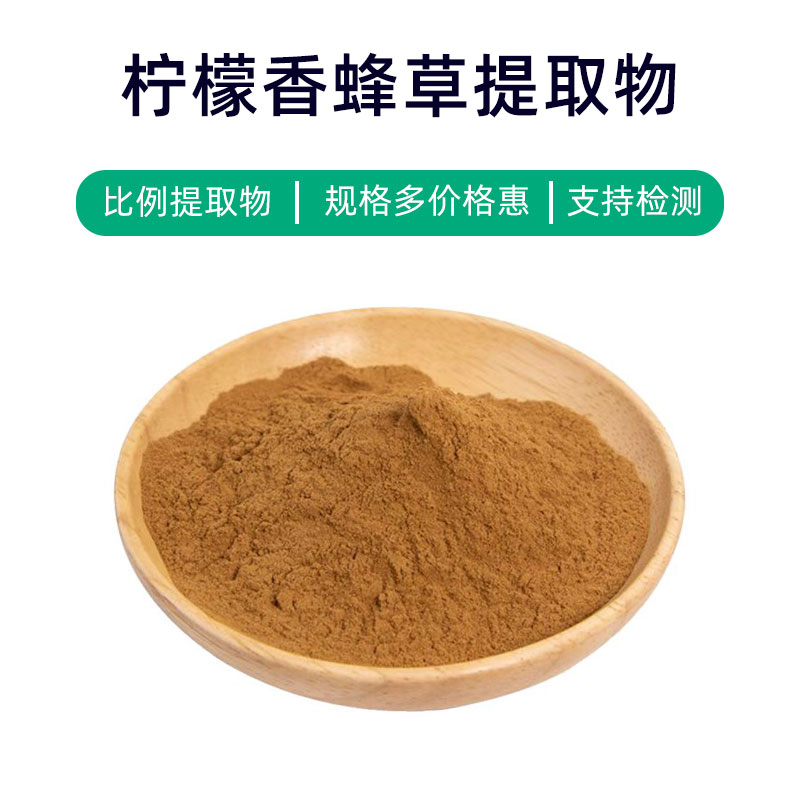Aloe Vera Extract Product Introduction
Aloe Vera extract is a natural plant extract derived from the leaves of the aloe vera plant, rich in active components such as aloin, polysaccharides, amino acids, phenolics, and enzymes. These components give Aloe Vera extract a variety of beneficial effects and applications.
Firstly, Aloe Vera extract is known for its exceptional moisturizing and hydrating properties, deeply nourishing the skin and enhancing its moisture content, leading to soft, smooth skin. Secondly, it has anti-inflammatory and soothing effects, alleviating skin inflammation, redness, and itching, making it suitable for various skin discomforts like post-sun exposure recovery and allergies. Additionally, Aloe Vera extract possesses antioxidant properties, combating free radical damage, slowing skin aging, and enhancing skin resilience.
In the medical field, Aloe Vera extract is commonly used to prepare topical ointments, creams, and lotions for treating burns, sunburns, eczema, dermatitis, and other skin conditions. In cosmetics, it's widely incorporated into skincare products, masks, and shampoos for moisturizing, soothing, and repairing the skin. In the food industry, it can also serve as a nutritional supplement added to beverages and juices, promoting immunity and aiding digestion.
In summary, Aloe Vera extract, as a natural plant extract, has multiple benefits and a broad range of applications, positively contributing to both skin health and overall wellness.
Aloe Vera Extract Production Process
The production process for Aloe Vera extract typically includes the following steps:
- Raw Material Collection and Selection: Select fresh, healthy Aloe Vera leaves as raw materials, removing surface dirt and impurities.
- Washing and Disinfection: Clean the collected Aloe Vera leaves to remove surface dirt and residues, and disinfect to ensure hygiene and safety.
- Extraction Process: Chop or crush the washed and disinfected leaves for extraction. Common extraction methods include water extraction and alcohol extraction. Water extraction, a common practice, involves soaking the leaves in water, followed by heating and stirring to dissolve the active components.
- Filtration and Concentration: Filter the extract to remove solid impurities, obtaining a pure extract. Then, through evaporation and concentration processes, remove water from the extract to acquire a concentrated Aloe Vera extract.
- Refining and Separation: Refine the concentrated extract to remove residual impurities and harmful substances. Additionally, separate active components or purify the extract as needed.
- Drying and Grinding: Dry the refined Aloe Vera extract to reduce moisture content and facilitate storage and transport. Next, grind the dried extract into the desired powdered form.
- Packaging and Storage: Finally, package the powdered Aloe Vera extract, usually in airtight packaging to prevent moisture and contamination. Store it in a cool, dry, well-ventilated environment, away from direct sunlight, to maintain stability and the integrity of active components.
Following these steps ensures a stable, high-purity Aloe Vera extract that meets demands across various fields.
Aloe Vera Extract Effects and Side Effects
Aloe Vera extract is a common natural plant extract known for its multiple benefits, mainly including the following aspects:
- Moisturizing: Aloe Vera extract is rich in polysaccharides, amino acids, and vitamins, penetrating deep into the skin for lasting hydration and nourishment.
- Soothing: It has anti-inflammatory and calming properties, alleviating discomfort such as redness, itching, and pain, which is beneficial for sensitive and damaged skin.
- Antioxidant: Aloe Vera extract contains numerous antioxidants, including vitamins C and E and polyphenols, neutralizing free radicals to slow the skin's aging process and protect against environmental pollutants and UV rays.
- Promoting Wound Healing: It can accelerate the skin's repair process, easing inflammatory responses and aiding tissue regeneration, effective for mild burns, cuts, and sunburn.
- Improving Skin Texture: Aloe Vera extract helps shrink pores, balance oil secretion, and enhance skin texture, leaving the skin fresh and hydrated.
- Inhibiting Bacterial Growth: It has antibacterial properties that can inhibit the growth of surface bacteria, reducing the occurrence of skin infections.
- Regulating Pigmentation: Active components in Aloe Vera can adjust pigmentation, reducing melanin production, lightening spots, and brightening the skin for a more even complexion.
- Cleansing and Detoxifying: Aloe Vera extract has excellent cleansing properties, removing dirt and toxins from the skin’s surface, keeping it clean and clear.
Generally considered a natural plant extract, users should note individual differences and potential allergic reactions, particularly for those with Aloe allergies, who may experience redness, itching, and irritation. It is recommended to perform a patch test or use it under a doctor's guidance. The effectiveness of Aloe Vera extract may vary based on the product's formulation and usage method, so it's essential to follow product guidelines or medical advice for proper use.
Aloe Vera Extract Application Scenarios and Dosage
Aloe Vera extract is widely used in medical, food, and cosmetic fields, with various applications and recommended dosages:
- Medical Applications:
- Skin Inflammation Treatment: With anti-inflammatory and soothing effects, Aloe Vera extract can be applied directly to damaged skin from mild burns, sunburns, or cuts.
- Skin Care: It promotes hydration and healing, common in face masks, lotions, and creams, ideal for soothing sensitive skin and improving texture.
- Digestive Health: Aloe Vera extract helps protect the gastrointestinal tract, effective for mild indigestion and gastritis, typically used in oral dosage forms.
- Food Applications:
- Beverage Additive: Its natural refreshing taste and slight acidity make Aloe Vera extract suitable as an additive in soft drinks and juices, enhancing flavor and nutrition.
- Health Food Ingredient: Rich in various nutrients, it can be incorporated into health foods to boost immunity and aid digestion.
- Cosmetic Applications:
- Skincare Ingredients: With moisturizing, soothing, and antioxidant effects, used in creams, masks, and lotions to improve skin texture and hydration.
- Cosmetic Additive: Can serve as an additive in cosmetics like shampoos and body washes, offering cleansing, hydrating, and soothing effects.
Dosage Guidelines:
- Medical Use: Follow doctor’s recommendations; generally applied directly to affected skin or taken as directed.
- Food Use: Add a suitable amount of Aloe Vera extract according to recipes, commonly recommended under 1%.
- Cosmetic Use: Add a suitable amount according to formulations, typically between 1%-5%.
Note that formulations and dosages may vary among products; thus, it is crucial to use products according to instructions or medical advice. Additionally, individuals allergic to Aloe Vera should avoid using products containing Aloe Vera extract.
Aloe Vera Plant Source, Distribution, and Growing Environment
Aloe Vera, also known as true Aloe or medicinal Aloe, belongs to the Asphodelaceae family and is a perennial herb recognized for its extensive medicinal and health benefits. This section covers the Aloe Vera plant source, its distribution, and growing environment.
Plant Source Introduction:
Aloe Vera is a perennial herb with upright growth, fleshy leaves that are elongated, serrated along the edges, and have noticeable transverse stripes. The leaves are rich in yellow aloin, known for their moisturizing and nourishing properties, making Aloe a commonly used medicinal and health plant.
Distribution:
Aloe Vera is native to East Africa but is now widely distributed in tropical and subtropical regions globally, including Africa, Asia, the Americas, and Oceania. In the Americas, it mainly grows in Mexico and Florida; in Africa, it is found primarily in Kenya and Tanzania; in Asia, it is abundant in countries like China, India, and Thailand.
Growing Environment:
Aloe Vera thrives in warm, humid conditions and is adaptable to well-drained sandy soil with ample sunlight. It typically grows at altitudes below 1,000 meters and is not strict about climate conditions but does not fare well in droughts or cold environments. During its growing phase, Aloe Vera requires sufficient moisture and sunlight, with moderate rainfall and irrigation supporting its growth and development.
In summary, Aloe Vera, as a well-known medicinal and health plant, is commonly found in tropical and subtropical areas and prefers warm, humid conditions with adequate sunlight, demonstrating flexibility in soil requirements, making it an important resource for medicinal and health products.
Aloe Vera Extract Processing and Storage
The processing of Aloe Vera extract typically involves these steps: First, fresh Aloe Vera leaves are harvested, then the skin is removed, eliminating the surface yellow layer. The required Aloe gel or juice is extracted and undergoes filtration, concentration, and dehydration to ultimately produce Aloe Vera extract. During processing, it is essential to maintain hygiene to prevent contamination.
For storage, Aloe Vera extract should generally be kept in a cool, dry place, avoiding direct sunlight and high temperatures. It can be stored in sealed containers, minimizing exposure to air to prevent oxidation. Additionally, regular checks on the product's quality and condition are recommended to avert any abnormalities.
Monica Sun is a seasoned expert in the plant extraction industry with over a decade of experience in research and production. She specializes in the extraction and purification of plant active ingredients, focusing on driving innovation in natural product applications. Monica has participated in the development of multiple functional plant extracts, delivering high-value natural raw material solutions for the health food, pharmaceutical, and dietary supplement sectors.









